How Helmut Newton created some of the world’s most sexy and subversive images
Helmut Newton, the German post-war fashion photographer who notoriously posed a model on a bed in a Paris hotel with a saddle on her back, is the focus of a new retrospective in the port city of A Coruña in Galicia, Spain. Counter intuitively, it is a sophisticated showcase of female empowerment as much as erotic suggestion. Stockings, suspenders, jodhpurs and leathers are all worn without apology.
Staged at the city’s Marta Ortega Pérez (MOP) Foundation, “Helmut Newton – Fact & Fiction” explores a career spent shooting for magazines such as Vogue, Playboy and Harper’s Bazaar from the 1950s through to the early 2000s, as well as a mercurial character that fused together playfulness and angst.
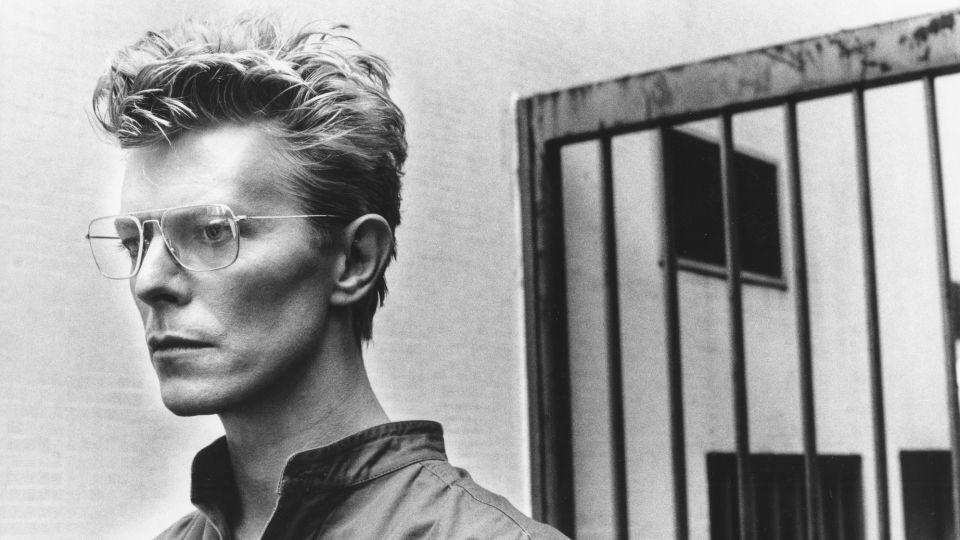
A Newton picture can be many things at once: provocative, titillating even, but also amusing and confusing. His iconic ‘Big Nudes’ prints from 1980 are larger-than-life-size and full frontal. Yet, his nudes exude armor. His celebrity portraits framed actresses — from Raquel Welch to Charlotte Rampling — in challenging stances. And in the 1970s, photographing with carte blanche for Vogue France, he invented a bold monochrome visual language — black lingerie, insouciant countenance, power plays and decadent interiors — that has been widely imitated in the years since.
The heavy contrasts in his work were echoed in the reversal of fortunes in his life story. He was born Helmut Neustädter in 1920 in Berlin into a family of Jewish industrialists. Fleeing the Nazis in the late 1930s, he was exiled first to Singapore and then Australia. One of his early models, the Australian actress June Browne, became his wife in 1948. Browne was the template for his later models — striking and intelligent — and, working under the name Alice Springs, had a successful photographic career of her own. They were married for more than half a century.
Newton’s work in the 1960s emphasized his early inspirations, such as the noir-like images of Hungarian photographer Brassaï and the shockers of Alfred Hitchcock (a Newton shoot for Christian Dior echoes “Vertigo”). He soon began celebrating the sculptural qualities of women’s bodies and portraying men as silly, servile, or dead.
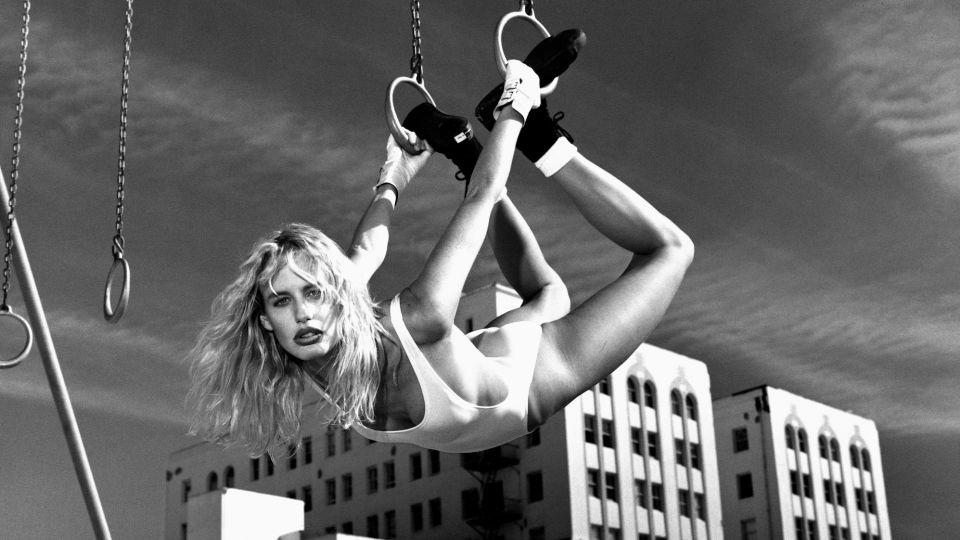
In the mid-1970s, Newton met Philippe Garner, then a young photographs specialist at Sotheby’s, who has now curated the Spanish show with Matthias Harder, director of the Helmut Newton Foundation, and the British art dealer Tim Jefferies. In Newton, Garner recalled a friend who “created a parallel universe but rooted in everything you know and recognize.”
It is curious that Newton’s take on sexuality hasn’t come into the crosshairs of cancel culture. “The work has such layers, such contradictions, such ambiguities, this weird hovering between fact and fiction,” said Garner. “That makes it very hard to confront and condemn full on.” And, he adds, “Helmut was perfectly happy for people to loathe his pictures.”
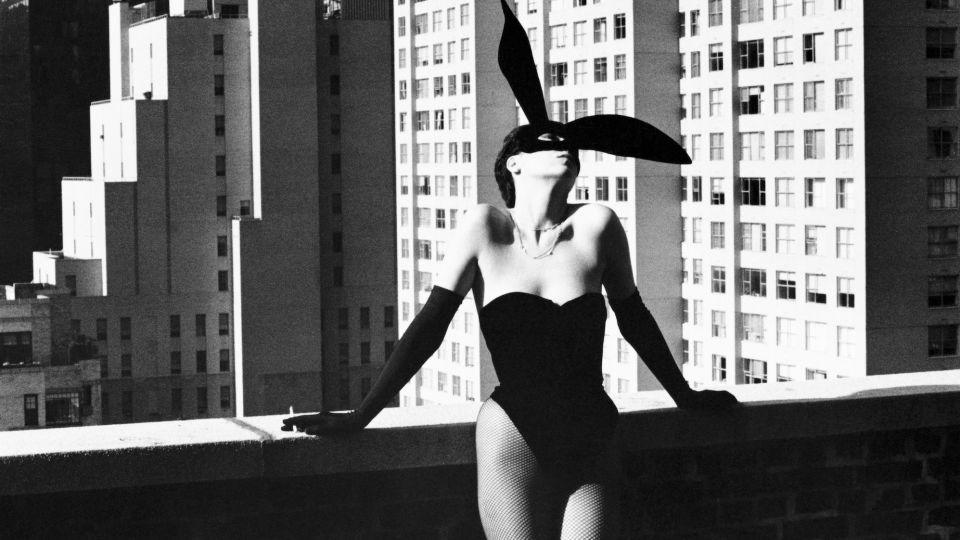
But could a photographer today frame a woman as a horse to be ridden? “Every photographer starting out now should have the courage of their perspective,” said Garner. “What Helmut’s pictures have is a kind of integrity.”
In 1976, Newton snapped his infamous equestrian model at Hôtel Lancaster on the Champs Èlysées. The shoot was for Hermès but, as with much of Newton’s work, the product feels secondary to the composition. As Garner notes, he took “pictures that stopped you in your tracks.” It’s fashion photography but the clothes are bit-part players.
Paris wasn’t Newton’s only metropolis. He had an eye for glamorous cities — taking commissions in Monte Carlo, Berlin, and Vienna — working in color in the bright light of California and the south of France. A friend joked that “only mad dogs and Helmut Newton go out in the midday sun.” Newton wintered in Los Angeles, where he died of a heart attack in 2004 at the wheel of his Cadillac.
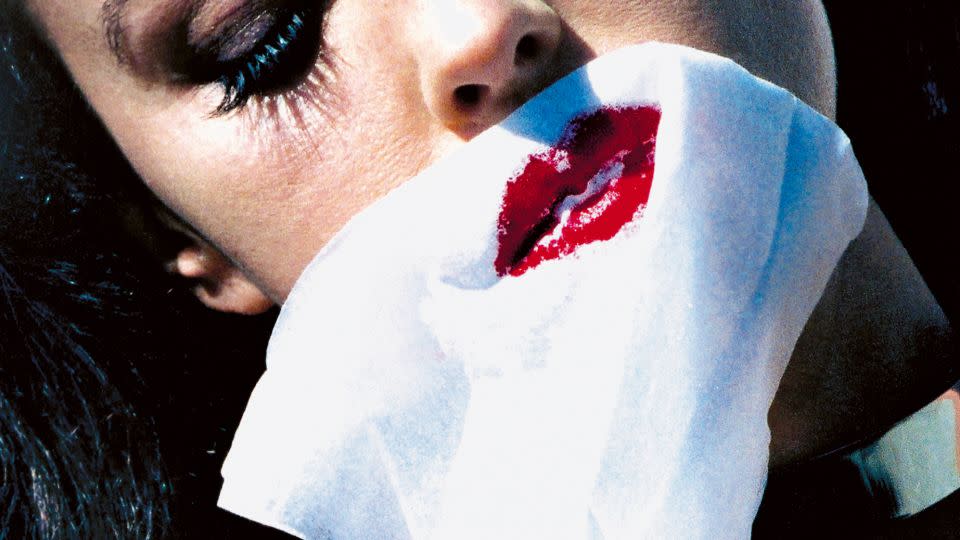
The photographer’s fetishistic interests and natty style are illustrated at the exhibition by the inclusion of some his possessions — bondage Barbie dolls, cigarette holders, falsetto-heeled shoes, a travel-battered monogrammed Louis Vuitton camera case. And there are surprises among the works: a portrait of a subtly nervous Margaret Thatcher glimpses a crack in the iron, while a series of brooding landscapes provide a window on Newton’s more pensive side.
The MOP Foundation is based in a complex of former warehouses and silos on the city’s port. The galleries play to their industrial heritage — all bunker-chic and salted metalwork — and are neatly configured around the geometric Atlantic harbor. It’s an appropriately dramatic stage to present Newton and, cleverly, the curators show his smallest works — exquisite test-shot Polaroids — in one of the vast silos. Visitors peer voyeuristically into palm-size soft-hued images of semi-dressed models sprawled on Parisian sofas, New York balconies and the decks of Mediterranean yachts.
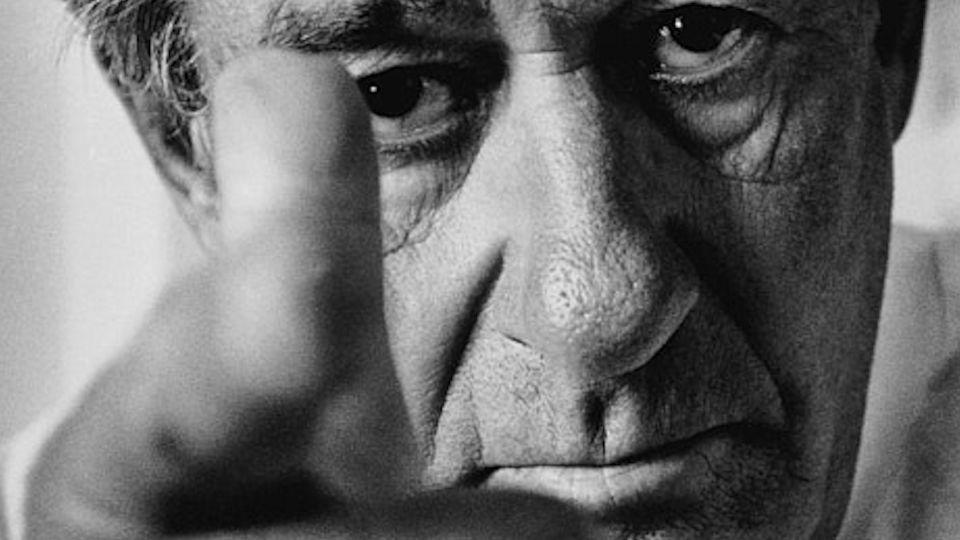
Marta Ortega Pérez, whose foundation hosts the show, is the chairwoman of Inditex, the Spanish multinational clothing company founded by her father. She said her foundation focuses on three things: Fashion, photography and her hometown. “We want to push our city to the world and bring the world to our city,” she said, and added that it is a “really nice challenge” to have.
A strong woman reframing the narrative? She could be the subject of a Helmut Newton photograph.
“Helmut Newton – Fact & Fiction” until 1 May 2024. Marta Ortega Pérez (MOP) Foundation, A Coruña, Spain.
For more CNN news and newsletters create an account at CNN.com
